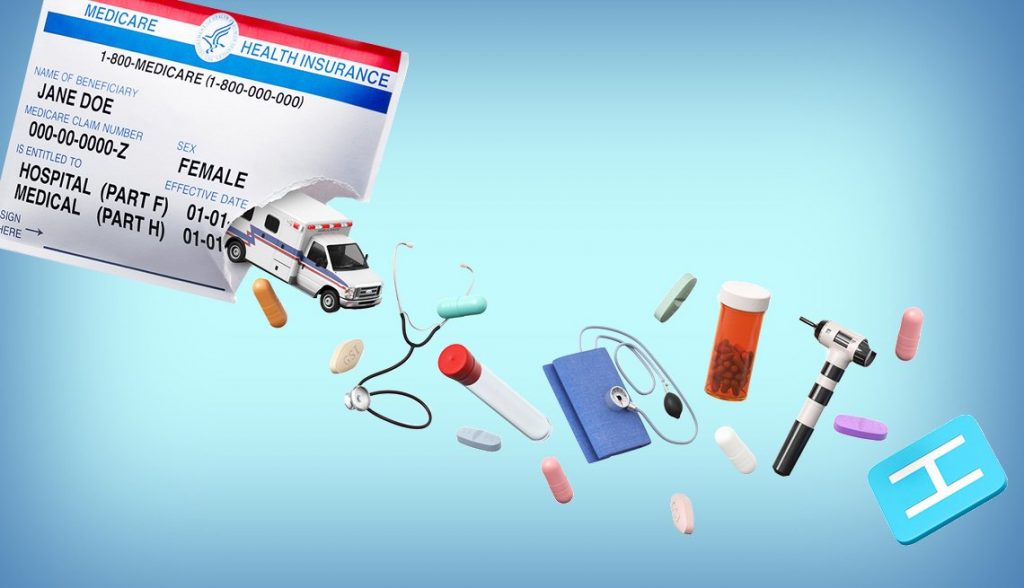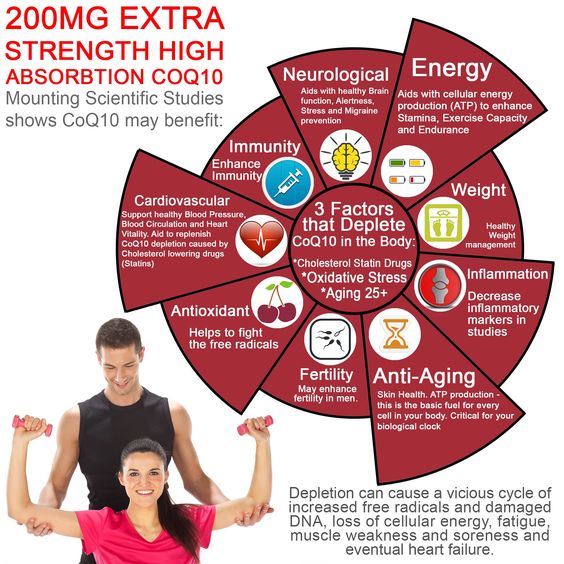by Kelly R. Smith
|
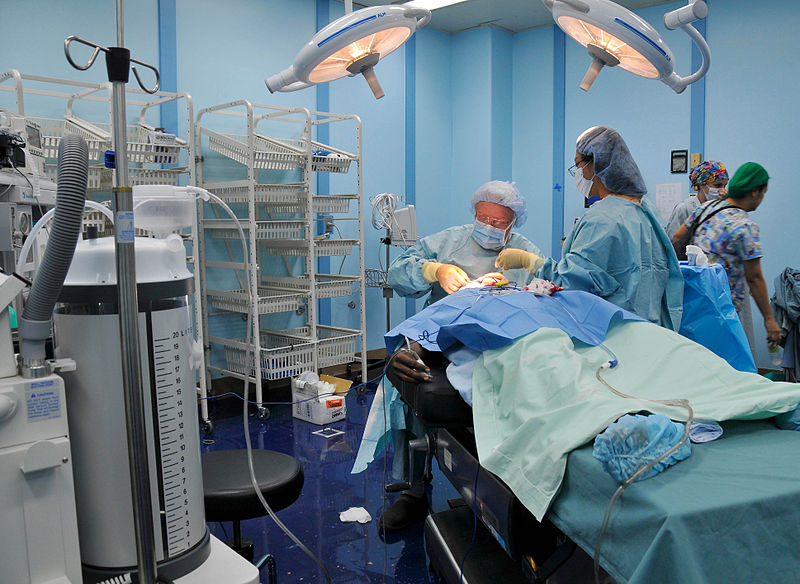
Introduction: What is Clinical Empathy?
What is clinical empathy? The Journal of General Internal Medicine1 defines it this way, “the act of correctly acknowledging the emotional state of another without experiencing that state oneself.” Note that patients desire empathy from providers, and providers want to make it available. As opposed to the layman’s concept of empathy, professional empathy must be purely cognitive, in contrast with sympathy. Otherwise, the professional risks identifying too closely with the patient, endangering the relationship and clouding the judgement needed for proper medical condition diagnosis and treatment.
Of course, this is not to say that the concept of clinical empathy is limited to the relationship between the provider and the patient (although that is the focus of this paper). It affects the entire medical community in one way or another. It applies to all, from the ophthalmologist to the surgeon and everyone in between.
The Role of Social Media
More patients are going online to discuss what they are experiencing. Such as, “Did you have this side effect from your flu shot? Were you warned?” This is having a relatively new influence on the patient/doctor relationship. The question is – how can this situation be managed in the most productive way possible? Empathy skills can be honed by understanding real-life situations and concerns. In order to get a grasp on what kind of relevant concerns are floating around on the internet, data analysis must be . At first glance, due to the sheer magnitude (and “noise”) of the data set, the problem might seem overwhelming.
This is where specialized software comes into the picture. Specifically, data analysis software that has both the statistical and analytical capacity to inspect, clean, transform, and model data in order to derive important information for decision-making purposes.
What sort of patient concerns crop up often in social media? Wait-time is always a big issue that leads to patient frustration. They see a lot of activity in the hospital or clinic, but nobody has a sense of urgency for their care. Another common concern is doctors and staff that are distracted, aloof, and impersonal. It is also quite common for someone online to seek out others that have had their condition and they want advice or confirmation that their treatment protocol will result in a high level of efficacy. Conversely, some patients reach out to share without being asked. This can be considered empathy in its own right.
Providers have noticed an uptick in this type of social media use during the COVID-19 pandemic. Group norms play a large part in this; while spending more time indoors and online researchers have found that individuals gravitate towards similar age groups, lifestyles, and socioeconomic groups that are similar to their own.
In many cases, the provider realistically can’t spend a great deal of time with one individual, or the volume of information is so large that the patient does not absorb it all. The patient may decide to fill in the gaps, and discover other points of view, via the internet. Social media used properly is a benefit to the medical community.2
Improving Clinical Empathy and Setting a Standard
The first step is to reach a consensus among the group of providers involved. Next is to define the current dynamic. and define specific methods to achieve the level of improvement needed. Some things to consider are:
- Is there a current system of training for the group to ensure that a standard level of knowledge and application exists.
- Is emphasis being adequately put on communication skills? There are many times when the provider must deliver negative news to the patient. Empathetic skills are extremely important in these situations.
- Are providers experiencing “burnout” due to stress, administrative duties, long hours, etc.? This will have an adverse effect on providing empathetic care.
The Importance of Clinical Empathy
The importance of empathy in the provider/patient relationship cannot be overstated. In many cases, a patient who harbors the perception that the provider is not caring or involved will not present sufficient information for a proper diagnosis to be made. Empathy creates a communication bridge between the provider and the patient.
An end-game consequence is fewer situations where a patient does not feel like he or she received the expected level of care. More successful case outcomes translate into greater provider satisfaction and fewer issues with burnout.
What Are Some Relevant Barriers to Achieving Clinical Empathy
- Lack of emotional intelligence, being unaware that one isn’t being perceived as empathetic.
- Younger providers during training can seek to emulate more established colleagues who themselves are not empathetic.
- Trying to balance the need to be objective and the need to show empathy and falling on the left side of the scale. This can be especially problematic when delivering bad news.
- When a provider is experiencing burnout or has simply become jaded due to the long time spent on the job; enthusiasm to help others can get lost over time.
Empathy Gaps
Empathy gaps occur when the patient has seen his provider but comes away unsatisfied, feeling misunderstood. This can occur when:
- They feel misunderstood or that the wrong assumptions were made.
- They feel that the advice was boilerplate rather than personalized.
- They feel that the level of service was substandard. This can be a problem for doctors that accept Medicare and Medicaid and try to book as many patients as possible.
- No advise was given for supplements that could help their conditions or interfere with current treatment.
Changing behavior that causes these gaps can be done through MAPS (Motivation Ability Processing). This is formal training that providers go through that touches on areas of concern that have been identified.
Summary
Clinical empathy is not a recent phenomenon but advances in technology present new and powerful tools to identify issues and correct them. A suitable attitude is, “never be satisfied nor complacent.” Empathy has affected the medical community in many ways and is itself being affected by ever-changing conditions. Two of the prominent recent ones are the expanding presence of social media and the COVID-19 pandemic and subsequent lockdown. Ways to alleviate it in order to provide a better experience for the patient and the provider are being explored and implemented.
References
- Jodi Halpern MD, PhD. What is Clinical Empathy? Journal of General Internal Medicine. https://onlinelibrary.wiley.com/doi/full/10.1046/j.1525-1497.2003.21017.x
- Katherine Chretein and Terry Kind, Social Media and Clinical Care, Circulation, https://www.ahajournals.org/doi/10.1161/circulationaha.112.128017
Looking for more great content? Visit our main site I Can Fix Up My Home or our partner sites:
I offer article and blog-writing services. Interested? Contact me for a quote!
About the Author:
 Kelly R. Smith is an Air Force veteran and was a commercial carpenter for 20 years before returning to night school at the University of Houston where he earned a Bachelor’s Degree in Computer Science. After working at NASA for a few years, he went on to develop software for the transportation, financial, and energy-trading industries. He has been writing, in one capacity or another, since he could hold a pencil. As a freelance writer now, he specializes in producing articles and blog content for a variety of clients. His personal blog is at I Can Fix Up My Home Blog where he muses on many different topics.
Kelly R. Smith is an Air Force veteran and was a commercial carpenter for 20 years before returning to night school at the University of Houston where he earned a Bachelor’s Degree in Computer Science. After working at NASA for a few years, he went on to develop software for the transportation, financial, and energy-trading industries. He has been writing, in one capacity or another, since he could hold a pencil. As a freelance writer now, he specializes in producing articles and blog content for a variety of clients. His personal blog is at I Can Fix Up My Home Blog where he muses on many different topics.
Visit Kelly’s profile on Pinterest.




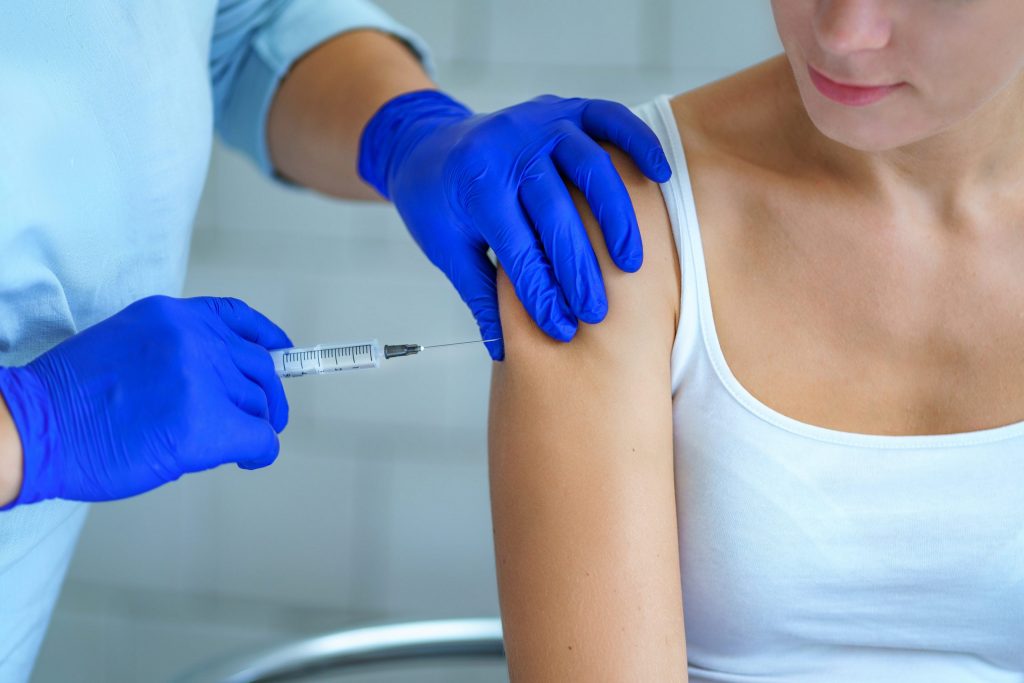

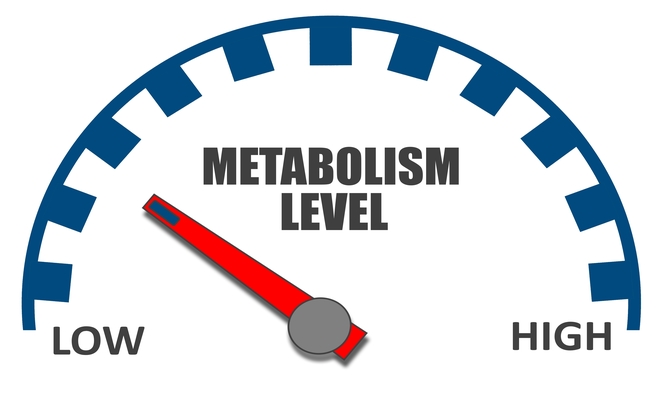
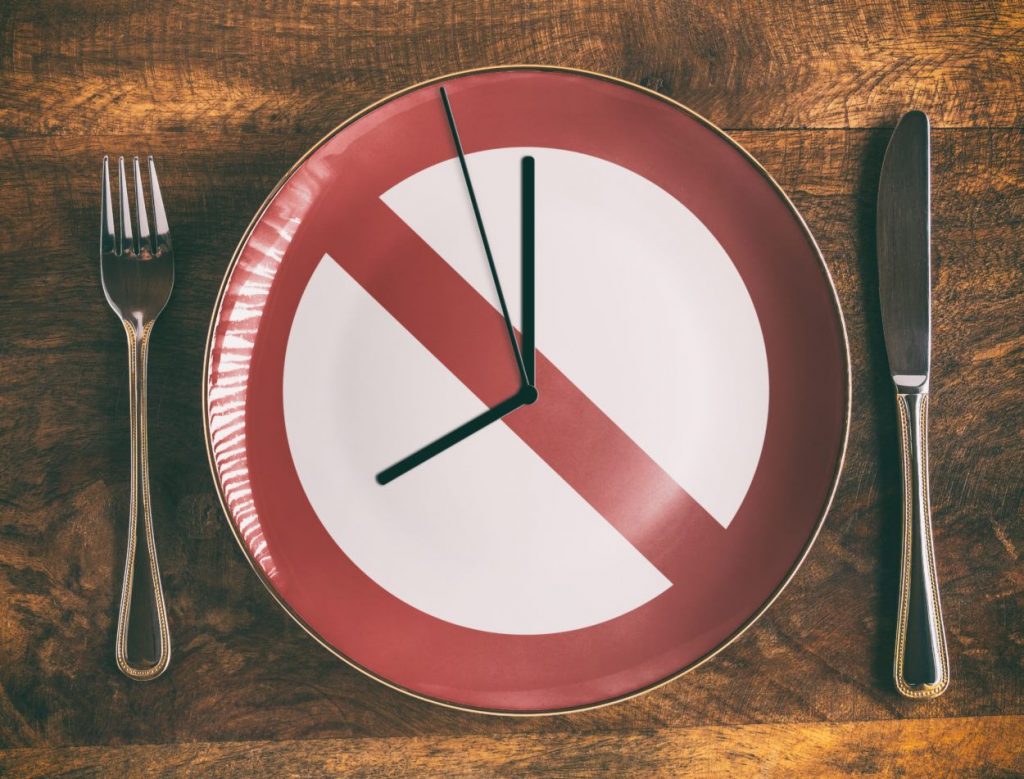
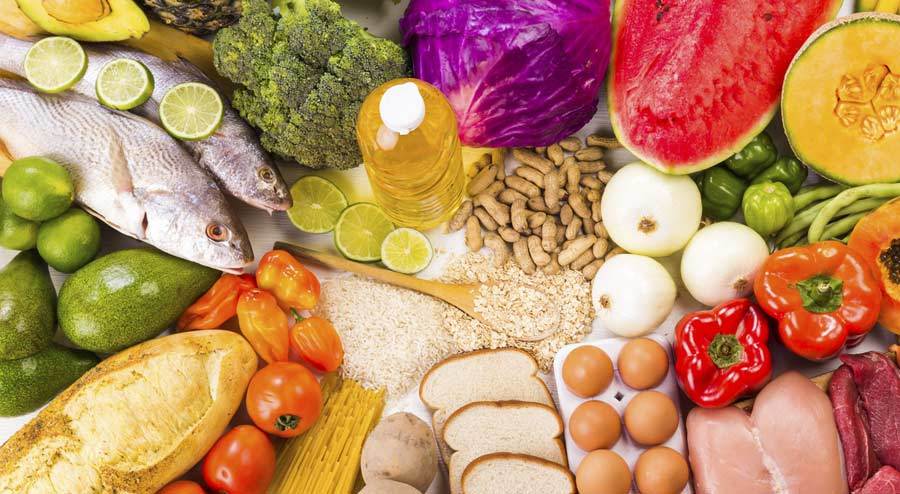
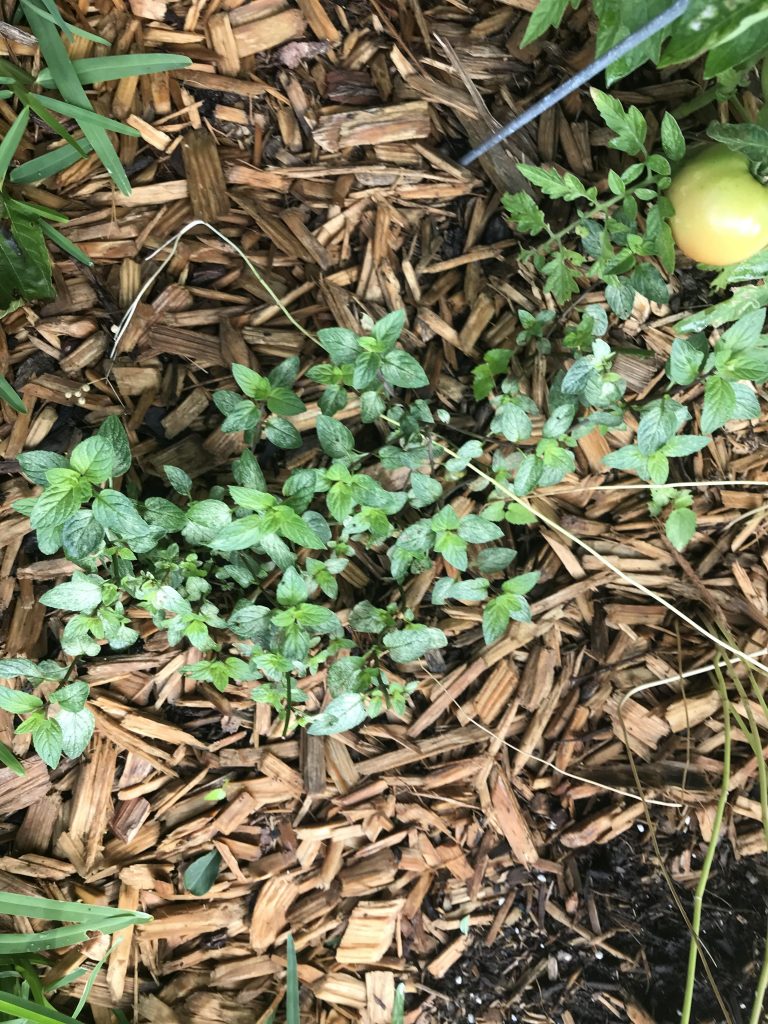
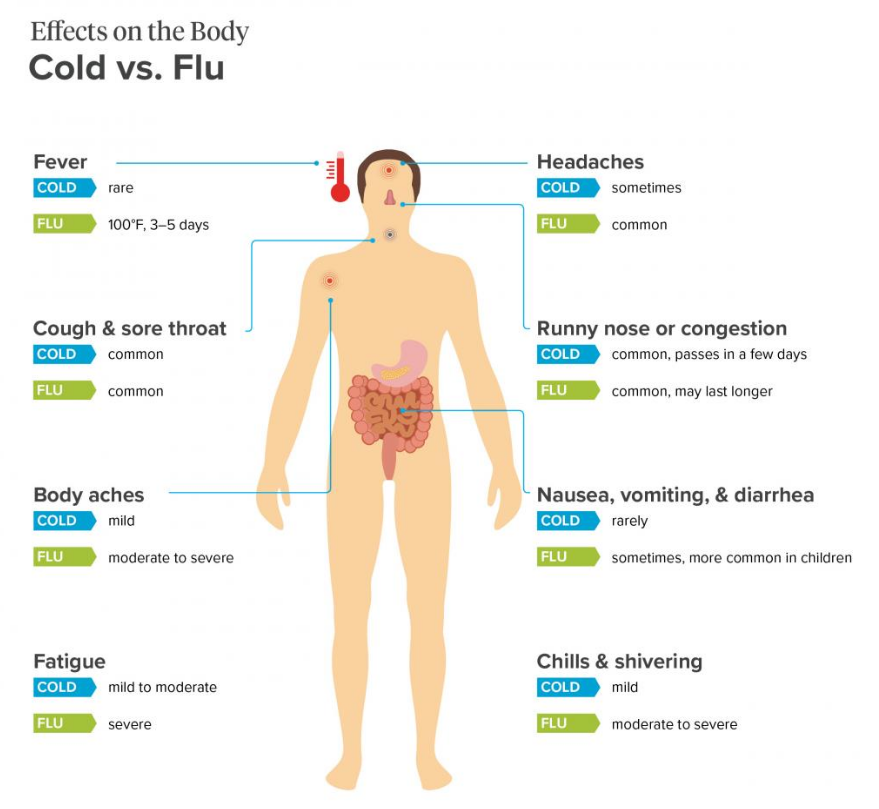
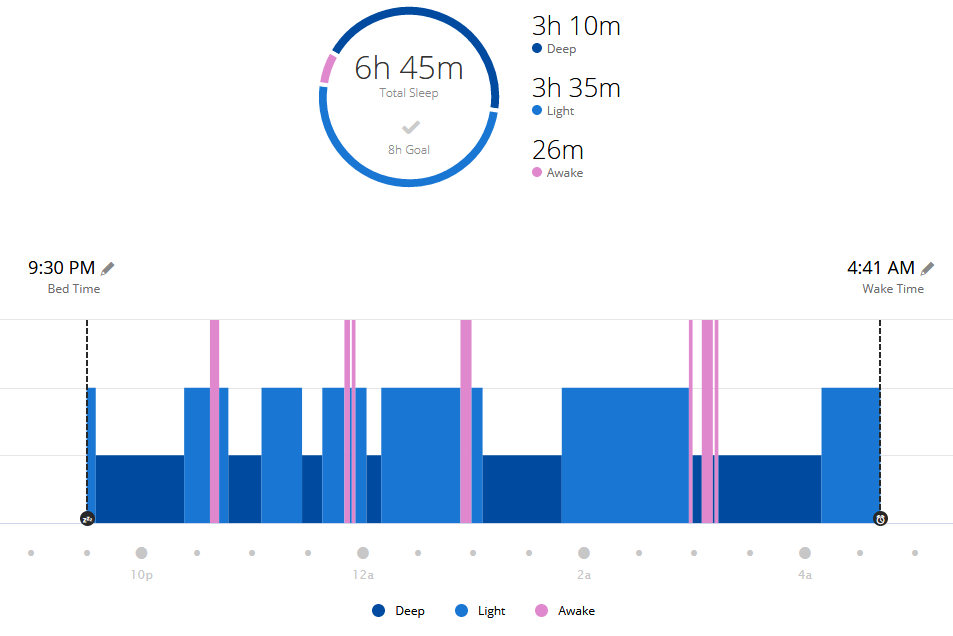

 Kelly R. Smith is an Air Force veteran and was a commercial carpenter for 20 years before returning to night school at the University of Houston where he earned a Bachelor’s Degree in Computer Science. After working at NASA for a few years, he went on to develop software for the transportation, financial, and energy-trading industries. He has been writing, in one capacity or another, since he could hold a pencil. As a freelance writer now, he specializes in producing articles and blog content for a variety of clients. His personal blog is at
Kelly R. Smith is an Air Force veteran and was a commercial carpenter for 20 years before returning to night school at the University of Houston where he earned a Bachelor’s Degree in Computer Science. After working at NASA for a few years, he went on to develop software for the transportation, financial, and energy-trading industries. He has been writing, in one capacity or another, since he could hold a pencil. As a freelance writer now, he specializes in producing articles and blog content for a variety of clients. His personal blog is at 